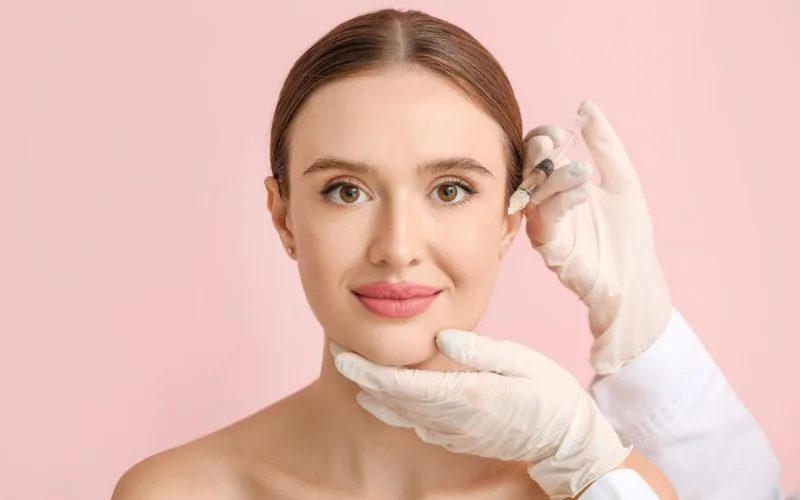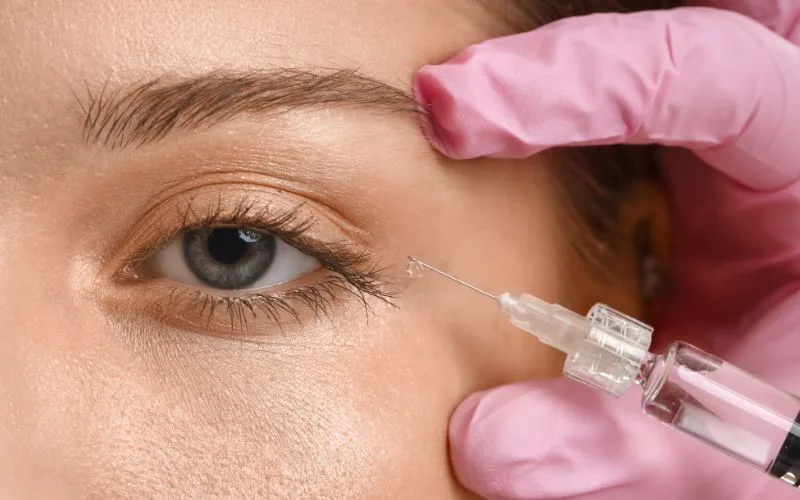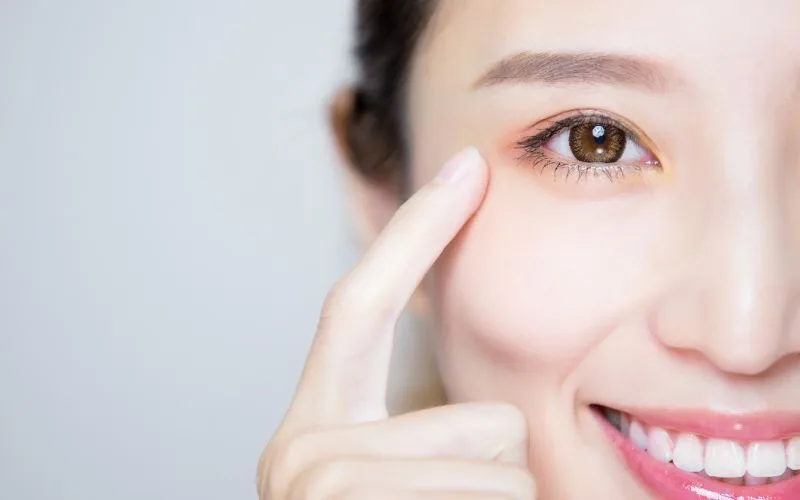In the bustling heart of Southeast Asia, Singapore has emerged as a premier destination for aesthetic treatments, with under-eye fillers becoming increasingly popular among locals seeking to combat the telltale signs of aging and fatigue. However, with popularity comes misinformation, and the world of under-eye fillers is rife with myths that can mislead potential patients. As Singaporeans become more discerning about their aesthetic choices, it’s crucial to separate fact from fiction when it comes to this delicate procedure.
The Singapore Context: Why Under-Eye Concerns Matter Here
Singapore’s unique climate and lifestyle present specific challenges for maintaining youthful-looking eyes. The tropical humidity, combined with long working hours in air-conditioned environments, can accelerate the appearance of under-eye bags, dark circles, and fine lines. Many Singaporeans find themselves looking perpetually tired, despite maintaining healthy lifestyles. This has led to a surge in interest in under-eye treatments, particularly dermal fillers, as a solution to restore a refreshed, alert appearance.
The city-state’s position as a medical tourism hub has also attracted world-class aesthetic practitioners, making advanced treatments more accessible to locals. However, this accessibility has also given rise to misconceptions about what under-eye fillers can and cannot achieve.

Myth #1: Under-Eye Fillers Are Only for the Elderly
The Reality: One of the most persistent myths is that under-eye fillers are exclusively for older individuals. In Singapore’s competitive professional environment, many young adults in their late twenties and early thirties are already considering preventative aesthetic treatments. Under-eye fillers can be beneficial for younger patients who have genetic predispositions to under-eye bags or hollowing, or those whose demanding work schedules have prematurely aged their eye area.
The key is understanding that under-eye fillers address structural issues rather than just age-related changes. Some individuals are born with naturally hollow under-eye areas or have lost volume due to factors like genetics, stress, or rapid weight loss. These concerns can affect people of any age, making under-eye fillers a viable option for a broader demographic than many assume.
Myth #2: All Under-Eye Fillers Are the Same
The Reality: Singapore’s aesthetic clinics offer various types of dermal fillers, each with distinct properties and applications. Hyaluronic acid-based fillers are the most common choice for under-eye treatments, but even within this category, there are significant differences in consistency, longevity, and lifting capacity.
Some fillers are designed specifically for deep volume replacement, while others are formulated for superficial hydration and fine line correction. The choice of filler depends on individual anatomy, skin thickness, and desired outcomes. Experienced practitioners in Singapore often customize their approach, sometimes using different fillers in combination or layering techniques to achieve optimal results.
The myth that “one size fits all” has led some patients to seek the cheapest option available, not realizing that the type and quality of filler used can significantly impact both safety and results.

Myth #3: Under-Eye Fillers Always Look Unnatural
The Reality: When performed by skilled practitioners using appropriate techniques, under-eye fillers should enhance natural beauty rather than create an artificial appearance. The key lies in understanding facial anatomy and using conservative amounts of product.
In Singapore’s diverse population, practitioners must consider varying eye shapes, skin tones, and facial structures when planning treatments. What looks natural on one person may appear overdone on another. The best results come from subtle volume restoration that addresses specific concerns without dramatically altering the eye’s natural contour.
The myth of unnatural results often stems from poorly executed treatments or the use of inappropriate filler types. When done correctly, people should notice that you look more rested and youthful, not that you’ve had work done.
Myth #4: Under-Eye Fillers Are Extremely Painful
The Reality: While the under-eye area is sensitive, modern injection techniques and numbing methods have made the procedure quite tolerable for most patients. Many clinics in Singapore use topical anesthetics, ice, or vibration devices to minimize discomfort during the procedure.
The pain level is often described as similar to a small pinch or mosquito bite, lasting only seconds. Most patients are surprised by how manageable the discomfort is, especially compared to their expectations. The brief nature of the procedure – typically taking 15-30 minutes – also means that any discomfort is short-lived.
Post-treatment discomfort is usually minimal, with most patients returning to normal activities within a day or two.
Myth #5: Results Are Immediately Perfect
The Reality: While under-eye fillers do provide immediate volume, the final results aren’t visible right away. Initial swelling and potential bruising can mask the true outcome for several days to weeks. In Singapore’s humid climate, swelling may be slightly more pronounced or last longer than in drier environments.
Patients should expect gradual improvement over 2-4 weeks as swelling subsides and the filler settles into its optimal position. Some practitioners schedule follow-up appointments to assess results and make minor adjustments if needed.
This myth often leads to patient dissatisfaction when they don’t see their “final” results immediately after treatment. Understanding the timeline helps set realistic expectations and reduces unnecessary anxiety.

Myth #6: Under-Eye Fillers Last Forever
The Reality: Dermal fillers are temporary treatments that gradually break down and are absorbed by the body. Under-eye fillers typically last 9-18 months, depending on the type of filler used, individual metabolism, and lifestyle factors.
Singapore’s active lifestyle and sun exposure can affect filler longevity. Regular exercise increases metabolism, potentially causing fillers to break down more quickly. UV exposure can also accelerate the degradation of hyaluronic acid fillers, making consistent sun protection crucial for maintaining results.
Some patients mistakenly believe that once they start getting fillers, they’ll need them indefinitely. While maintenance treatments are required to sustain results, patients can choose to discontinue treatments at any time, and their appearance will gradually return to its pre-treatment state.
Myth #7: Under-Eye Fillers Are Risk-Free
The Reality: While generally safe when performed by qualified practitioners, under-eye fillers do carry potential risks and side effects. The eye area has complex anatomy with important blood vessels and nerves nearby. Rare but serious complications can include vascular occlusion, which could potentially affect vision.
Common side effects include temporary swelling, bruising, and minor asymmetry. In Singapore’s regulatory environment, it’s crucial to choose practitioners who are properly trained and use approved products. The Ministry of Health regulates aesthetic procedures, and patients should verify their practitioner’s credentials and the clinic’s compliance with safety standards.
Understanding risks doesn’t mean avoiding treatment, but rather making informed decisions and choosing qualified providers who prioritize safety alongside aesthetic outcomes.
Myth #8: Cheaper Is Always Better
The Reality: The under-eye area requires precision and expertise, making practitioner skill more important than price point. While Singapore offers competitive pricing for aesthetic treatments, extremely low prices often indicate corners being cut in terms of product quality, practitioner experience, or safety protocols.
Authentic, high-quality fillers have specific costs, and prices significantly below market rates may indicate the use of counterfeit or inappropriate products. The potential costs of correcting complications from poorly performed treatments far exceed the savings from choosing the cheapest option.
Singaporeans should research practitioners thoroughly, checking credentials, reading reviews, and prioritizing safety and expertise over price alone.
Making Informed Decisions in Singapore’s Aesthetic Landscape
Singapore’s position as a regional hub for aesthetic medicine means residents have access to world-class treatments and practitioners. However, this also means navigating an increasingly complex market with varying quality levels and abundant misinformation.
When considering under-eye fillers, Singaporeans should prioritize consultation with qualified practitioners who can assess individual needs, explain realistic outcomes, and discuss potential risks. The goal should be enhancement that looks natural and suits individual facial features and lifestyle.
The decision to undergo any aesthetic treatment should be based on accurate information rather than myths or misconceptions. By understanding the realities of under-eye fillers – both benefits and limitations – Singaporeans can make informed choices that align with their aesthetic goals and safety expectations.
Conclusion
Under-eye fillers can be an effective solution for addressing volume loss, hollowing, and certain types of under-eye bags. However, success depends on realistic expectations, appropriate candidate selection, and skilled execution by qualified practitioners. By debunking common myths and understanding the facts, Singaporeans can approach this treatment with confidence and clarity.
The key is finding the right balance between achieving desired aesthetic improvements while maintaining natural-looking results that enhance rather than alter one’s inherent beauty. In Singapore’s diverse and sophisticated aesthetic landscape, informed patients who prioritize safety and quality are most likely to achieve satisfying, long-lasting results.
Remember that aesthetic treatments are highly individual, and what works for one person may not be suitable for another. Consult with our doctor at Kowayo Aesthetic Clinic for personalized advice based on your specific anatomy, concerns, and goals.
